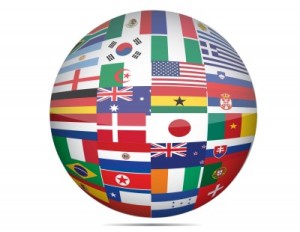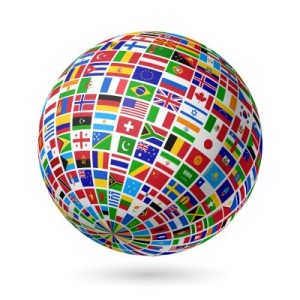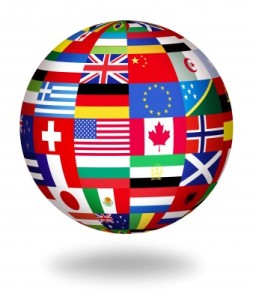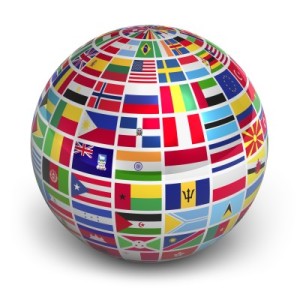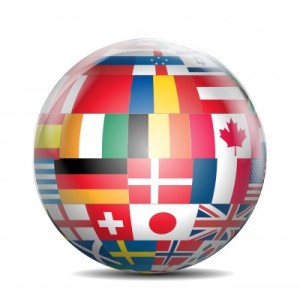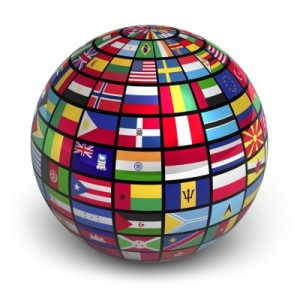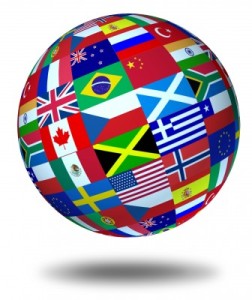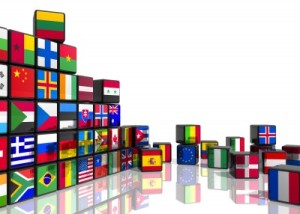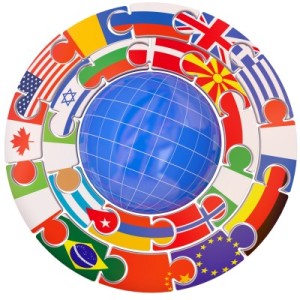 In Scotland, New Year's Eve is traditionally celebrated with "first footing," or visiting friends and family. True or false: To bring luck, the first guest to cross your threshold should be a woman with red hair.
In Scotland, New Year's Eve is traditionally celebrated with "first footing," or visiting friends and family. True or false: To bring luck, the first guest to cross your threshold should be a woman with red hair.- The African-American festival known as Kwanzaa lasts for seven days. At what time of year is the holiday celebrated?
- A. Between December 1 and December 15
- B. Between Christmas and New Year's Day
- C. Between January 1 and January 15
- The Twelfth Day after Christmas is significant for many Christians because:
- A. It is the day the Magi visited Jesus.
- B. It is the feast of Epiphany.
- C. Both
- Christmas is an important holiday to Catholics in the Philippines. True or false: Filipino children often celebrate the holiday by constructing Christmas lanterns out of bamboo and tissue paper.
- This year, the Jewish festival Hanukkah begins at sundown on December 23. How many days does Hanukkah last?
- A. Six
- B. Seven
- C. Eight
- The Spirit of Christmas is personified in many forms. True or false: The Dutch version, Sinterklaas, is a saintly bishop who arrives on horseback after a sea journey from Spain.
- Many island nations observe Boxing Day on December 26. True or false: Boxing Day commemorates pugilists.
- The Hindu festival of Deepavali commemorates the return of the deity Lord Rama to his throne. This tradition is also known as:
- A. The Festival of Lights
- B. The Full Moon Festival
- C. The Harvest Festival
- Christmas is not an official national holiday in Taiwan. True or false: There is no holiday celebrated on December 25 in Taiwan.
- Christmas carols are sung throughout the world. In the 1970s, Puerto Rican native José Feliciano recorded what is now a Christmas staple. This song was:
- A. "Dreidel, Dreidel"
- B. "Feliz Navidad"
C. "Blue Christmas"
Answers
- False. A man with dark hair is considered most auspicious.
- B. This nondenominational festival begins on December 26.
- C.
- True. These lanterns are known as parols. There are competitions for finely crafted lanterns made by adults.
- C. One candle is added to the branched menorah each night.
- True. And rather than Mrs. Claus, he is accompanied by Zwarte Piet, his Moorish servant.
- False. Boxing Day is named for the former English custom of giving gift boxes to employees and tradespeople.
- A. As part of this festival, Hindus place lights outside their homes.
- False. Taiwan's Constitution Day is celebrated on December 26.
- B.

